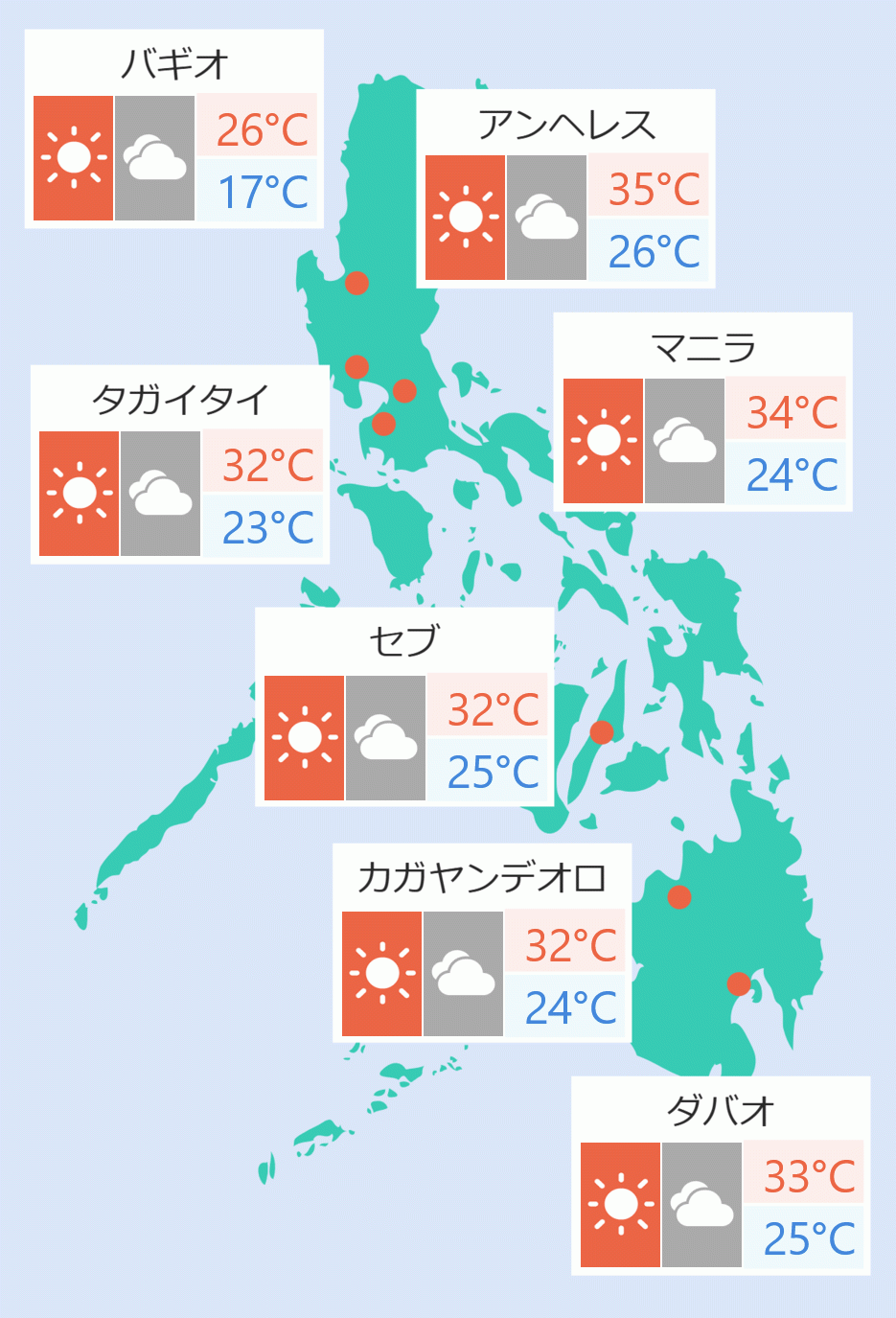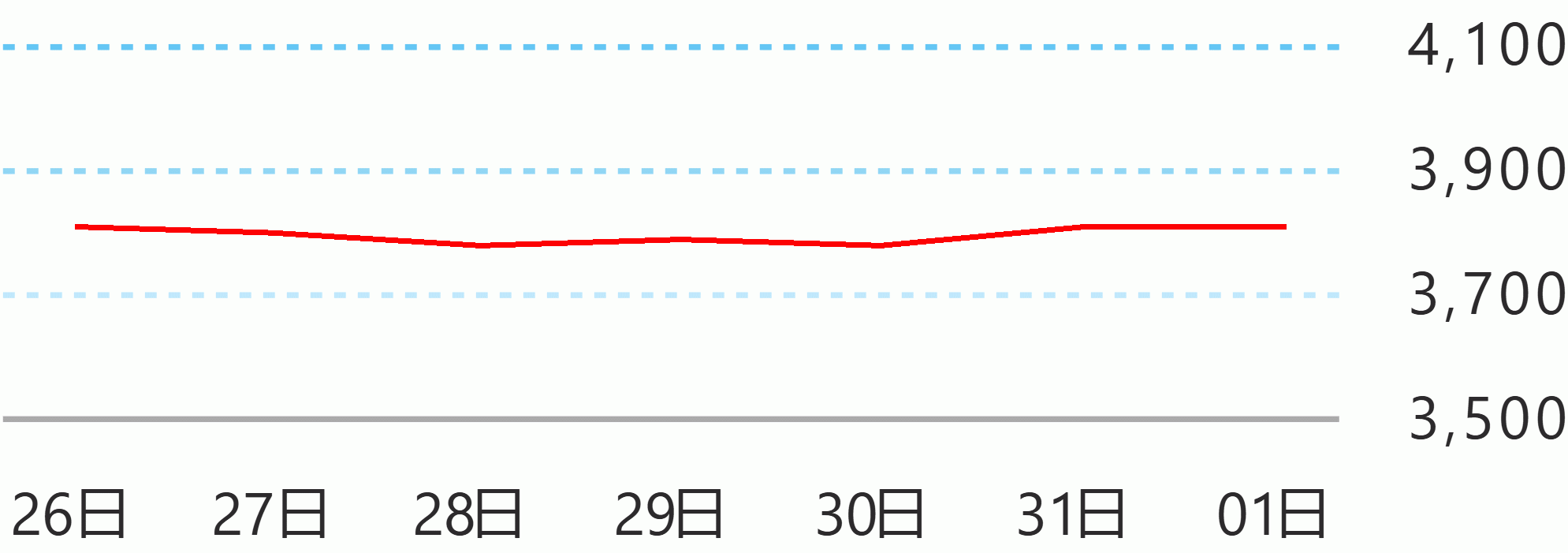The Department of Transportation (DoTr) and the Japan International Cooperation Agency (JICA) on Friday led the groundbreaking ceremony for the contract package for Quezon Avenue and East Avenue stations of the Metro Manila Subway Project.
Transportation Secretary Jaime Bautista led the launching of the two stations, together with Economic Minister Daisuke Nihei of the Embassy of Japan, JICA Senior Representative Kenji Kuronoma, Nishimatsu-DMCI joint venture authorized representative Keiji Matsushita, National Housing Authority General Manager Joeben Tai, and Quezon City Administrator Mike Alimurung, who came on behalf of Quezon Mayor Joy Belmonte.
In his keynote speech, Bautista thanked the Japanese government for funding the country’s first underground railway system.
“We would like to reiterate our gratitude to the Government of Japan through the Japan International Cooperation Agency (JICA) for the loan package that makes possible the very first subway train system of the Philippines,” Bautista said.
The Quezon Avenue and East Avenue stations are part of Contract Package 102 of the MMSP.
He said the subway project would create more jobs and give more convenience to passengers.
“The (Metro Manila) subway will not only provide comfort and convenience but will also generate jobs. It will definitely be comfortable, affordable, safe, sustainable, and accessible,” he said.
Kuronoma, who was representing JICA Chief Representative Takema Sakamoto, vowed that they would help the country achieve Japanese quality transportation systems.
“As the most reliable partner of the Philippines, JICA will assure you our full cooperation to realize Japan quality public transportation systems. We are working together with you to alleviate by safe, reliable and comfortable, and environmental-friendly railway systems through the MMSP and other major railway projects such as the North-South Commuter Railway, MRT-3 rehabilitation, LRT-1 and 2 extension,” he said.
He also reminded the Philippine government to address issues related to the subway project including acquisition of land and right of way, having a timely budget appropriation and contractual payment, and coordination with stakeholders such as land owners and local government units.
For his part, Alimurung said they plan to build a terminal hub at the Quezon Avenue station and a public park at the East Avenue station.
“We envision the terminal hub at the Quezon Avenue station to promote ease of access to other points of Quezon City and beyond,” Alimurung said.
“We likewise endeavor to integrate a sustainable public park at the East Avenue station. This is to add to the green open space that we have in the city to improve air quality and to serve as a place (Quezon City) citizens to enjoy nature within an urban setting. We in Quezon look forward to the fruition of our shared vision for inclusive growth and efficient transportation,” he added.
The 33-kilometer Metro Manila Subway Project, which will have 17 stations will link Valenzuela City to Pasay City and is set to be fully operational by 2027. Jaspearl Tan/DMS





 English
English










